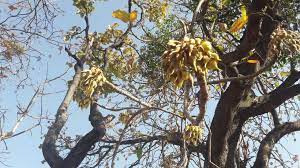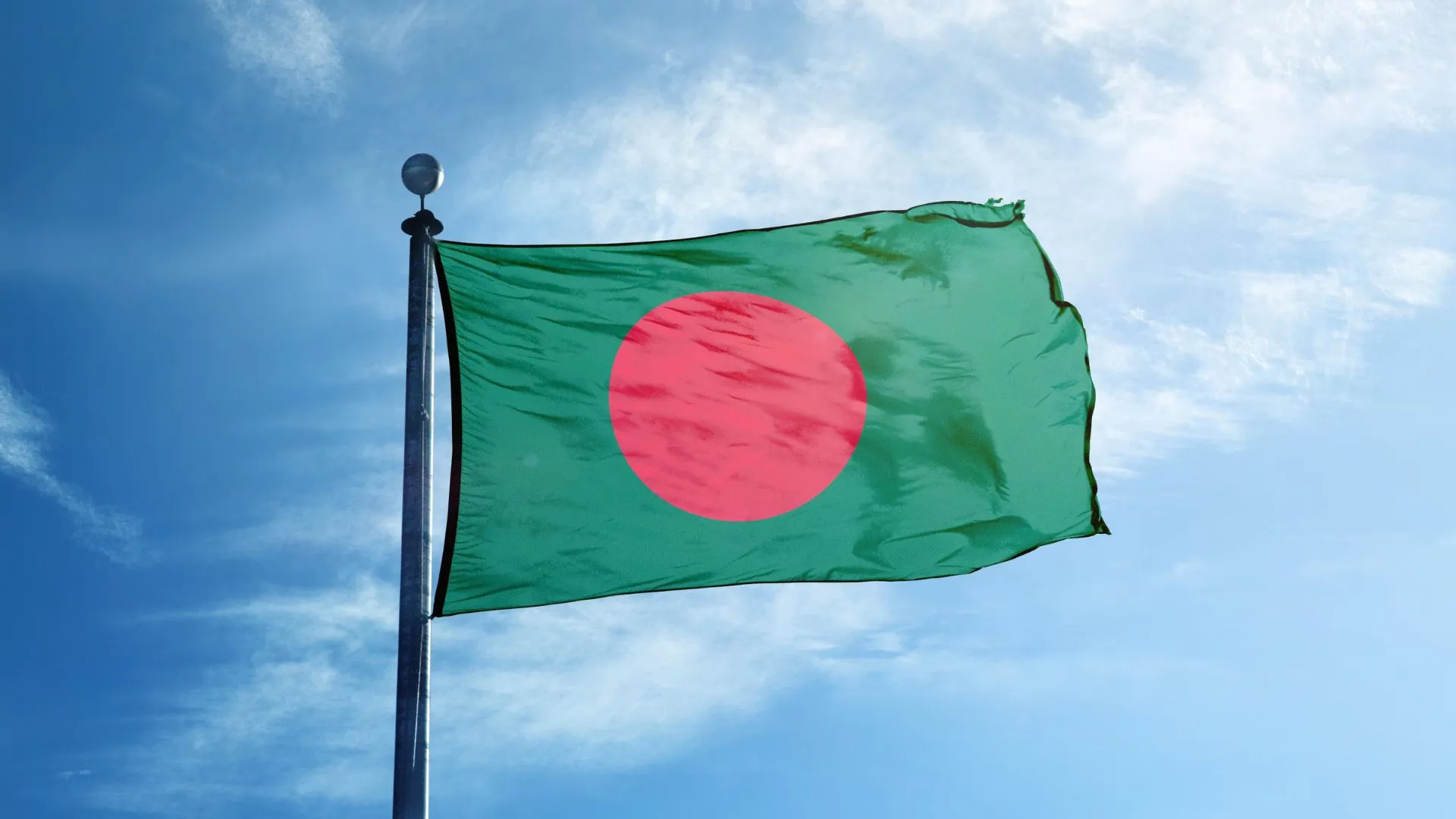Mahua is a tree that reminds us primarily of wine and the world of tribes. The relationship between Mahua and the tribes is age-old. This is because it is a tree that can be adequately found in the deciduous forests of the Chotanagpur plateau and parts of Maharashtra which is home to the major tribes of India like Gond, Baiga, Muria, Santhals, Mundas, Oraons, Birhor, Bhil, Koya and many others. Mahua is scientifically known as Madhuca Longifolia, though famous for its fine liquor, but this tree is exceptionally magical in nature. It is a tree whose each part including fruits, seeds, leaves, flowers, and barks has an economic as well as medicinal value. The Mahua is also used as food for livestock like cattle, goats, and sheep in many parts of the country. The reference to Mahua trees can be found in the ancient literatures of Hinduism like Charak Samhita or in the literary works of Kalidas, in the books of Jainism, and Buddhism. Because of its noble usefulness, this local pot liquor has been further regarded as a “heritage liquor” by states like Madhya Pradesh and Maharashtra. The herbal or medicinal value of this tree is also very high due to its cooling, antioxidant, and anti-inflammatory nature. The bark can be used for chronic bronchitis, and diabetes mellitus, to get rid of tonsilitis, and for healthy gums; the flowers can be used for rheumatism, the seeds can be used for making herbal pain relief and massage oils as well as moisturizer and the leaves can be used as a paste for blood clotting.
Apart from its medicinal value, the Mahua tree also plays a very important role in the lifestyle of tribes. The tribes especially in the parts of Jharkhand, some parts of West Bengal, Maharashtra, and Bastar region of Chhattisgarh utilize Mahua as a part of their usual food consumption and dietary habits. The Gonds make Rotis of Mahua whereas Sargi Konda (a dish made up of mahua flowers) used in parts of Madhya Pradesh and Chhatisgarh. It is a great immunity booster. Simultaneously people from Santhal tribes in West Bengal make Mahua Teke, tribal from Madhya Pradesh prepare Dahi Mahua for its cooling properties to cope with the summer, and Kuldam (A Mahua stuffed Puri) is made among Korku tribals of Madhya Pradesh. Some other traditional tribal dishes made out of Mahua which have high nutritional values include Mahua laddoos, Mahua Poda Peetha (a sweet dish), Pithau Bhaja of Orissa, Asur Khichdi, and Asur Pitaha of Chotanagpur, etc. All these traditional dishes are highly enriched with phosphorus, iron, protein, fibres, amino acid, and calcium.
Due to its aromatic compounds and sweet texture, Mahua has also been able to find a place in royal dishes also. One such example is the use of Mahua in the preparation of meat in Kanker, a princely province that was a part of Chhattisgarh until 1901. At that time, they used to call it Mahua Maans which they preferred to prepare especially with the flesh of deer apart from chicken and mutton. These recipes are rare and belonged to the category of lost recipes along with time. Thus, Mahua has its imprint on the Royal estates also in addition to the tribal lifestyle. But over the course of time, Mahua has been degraded only as a liquor-producing tree in the common sphere.
The reason for the deteriorating status of Mahua can be traced back to the pages of history in colonial times. Under the Mahua Act of 1878 and 1892 enacted by the British government, it was recognized as a harmful substance and hence under the Imperial laws, the collection and use of Mahua by the tribes were banned. Though it was a step taken by the Britishers to popularize the use of foreign liquor and impose duty laws on it. Not much has changed since then as there is no formal market for sell of Mahua till now. According to various reports, the Tribal Co-operative Marketing Development Federation, a cooperative managed by the Ministry of Tribal Affairs in partnership with IIT-Delhi, is developing Mahua Nutri- beverage, a health beverage that the Government is planning to sell at Rs 700 for 750 ml. bottle. Mahua as a minor forest product and a health beverage has also seen a good utilization in Chhattisgarh. Previously, the state sent a shipment of dehydrated mahua flowers to Paris in 2021 from the Korba district. Adivasi Bahuuddeshiya Co-operative (ABC) Society, Raigarh, has also signed a MoU with NRDC for the manufacture and sale of the beverage. This distilled country liquor has also been a subject of discussion in a conference at Bangalore International Centre. Thus, the future of Mahua is bright, and the need is to popularize the local country distilleries to strengthen the country’s economy.
One of the major problems in the production and manufacturing of Mahua as a liquor is its conservation process. Mridula Ramesh in her book “Watershed” states the hygroscopic nature of Mahua as the reason for its under-market performance as in between the collection of Mahua and its process of drying most of the flowers get rot easily. Further, the sweetening flavour of Mahua attracts ants and other such pests making it vulnerable to decay. It is a reason due to which the final product doesn’t reach the market in the same amount it is collected. Hence steps should be taken in this regard to safeguard the flowers from rotting before it reaches the market or the manufacturing units. Agricultural awareness camps and Mahua preservation training can be imparted to the local tribal Mahua gatherers by governmental and NGOs. Further, helping out these tribes to associate with brands can multiply the use and sale of Mahua both for general as well as medicinal purposes. The only safety which is very important during the collection of Mahua is the forest fires that the local tribals ignite. As the forest floors consist of various other kinds of grass and shrubs and when the flowers and seeds fall down, collecting them becomes a tough job. Hence the Mahua gatherers burn a patch of land around the Mahua tree to collect the flowers and seeds easily. The Nagpur Forest Division can be an inspiration for other Mahua growing parts in this regard. They initiated the distribution of green nets and saree–like clothes where they can collect Mahua flowers and seeds quickly instead of burning forests. The process is less tedious and nature friendly. Thus, keeping in mind some small methods to conserve the forest and ecosystem, the Mahua tree can be used as a magic tree that can make the country economically stronger and commercially larger. If initiative is taken to establish world-class industries based on the Mahua tree, it can be used as a boon to showcase the soft power of the country across the globe and make India a global teacher.
Prof T.V. Kattimani is Vice–Chancellor, Central Tribal University of Andhra Pradesh.























